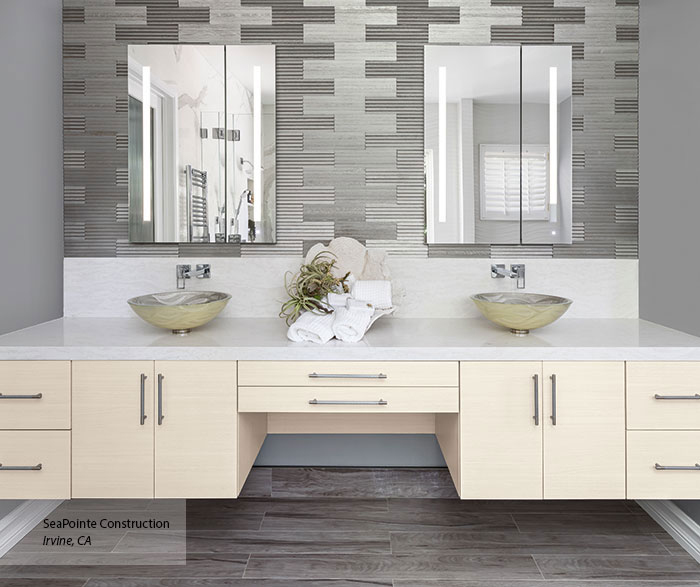Creating a practical closet design that maximizes storage and enhances ease of use is essential for maintaining an organized and efficient living space. A well-designed closet not only helps keep belongings tidy but also saves time and reduces stress during daily routines. To achieve this, it is important to consider both the layout and functionality of the space. One of the first steps is to assess the amount and types of items you need to store, such as clothing, shoes, accessories, and seasonal gear. This understanding allows for tailored storage solutions that fit your specific needs rather than a one-size-fits-all approach. Incorporating adjustable shelving can be particularly beneficial, as it provides flexibility to accommodate different sized items and can be reconfigured as your storage needs change over time. Utilizing vertical space is another key aspect of practical closet design. Many closets have underused areas high up near the ceiling or low to the floor that can be transformed into valuable storage zones with the addition of shelves or cubbies.

Installing hooks or pegboards on the inside of closet doors or on empty wall space can also create convenient spots for hanging belts, scarves, hats, or bags without cluttering shelves or drawers. Moreover, a combination of hanging rods at varying heights helps segregate longer garments such as dresses and coats from shorter items like shirts and pants, allowing for better organization and easier access. Storage bins and baskets play an important role in keeping smaller items contained and preventing them from becoming lost or messy. Transparent containers or labeled bins ensure that contents are visible and easy to find, eliminating the frustration of digging through piles of belongings. Drawer dividers add another layer of organization, helping to separate undergarments, socks, or jewelry, which often tend to get jumbled together and you can try this out https://ahouseinthehills.com/closet-design-mistakes-to-avoid-expert-tips-for-a-functional-and-stylish-space/. When space permits, incorporating a small seating area or a built-in bench with storage underneath can add comfort and functionality, providing a spot for putting on shoes or sorting items before dressing.
Lighting is often overlooked but critical for enhancing usability. Proper illumination inside the closet helps identify colors, textures, and details of clothing, making outfit selection simpler. LED strip lights, motion-sensor lights, or battery-operated puck lights are practical options that can be installed without major electrical work. In addition, mirrors inside or adjacent to the closet offer convenience for checking appearances and contribute to the perception of a larger, more open space. To keep the closet from becoming cluttered, regular maintenance is vital. Periodically reviewing and purging items that are no longer needed or used helps maintain order and frees up valuable storage space. Seasonal rotation of clothes and accessories can also keep the closet manageable by storing out-of-season items in less accessible areas, such as higher shelves or separate bins, while keeping current season apparel within easy reach. Incorporating multi-functional furniture pieces, such as a dresser that doubles as a storage unit within the closet or pull-out trays for shoes and accessories, enhances the utility of the space.